There has been a lot written about why some photographers prefer film to digital, or at least use both. Whether it is the slowing down, more thoughtful approach, the look of negatives versus sensors, or maybe the enjoyment of just using older more characterful cameras, the trend to analogue is positive and I believe very welcome.
Film is of course a format that is loaded with constraints. The choice of film being the most obvious, with all the different looks, but also the practical restriction on the number of shots that can afford to be taken at a set location or occasion. Spray and pray is not an option. It is these constraints which in many ways add to the enjoyment – where there is care there is usually satisfaction.
Once developed, negatives can be printed in a wet darkroom, which allows some post processing modifications, or scanned when all the flexibility of software can come into play. These post processing options, even if just cropping and managing contrasts can “improve” images a great deal, even altering the look completely. It seemed to me that such manipulations to some extent work against the fun factor of film of concentrating on getting it right in camera. This is not in any way to knock such alterations, but if these are put away for a while then the challenge of taking photographs as you hope you want them to turn out becomes all the greater.
It was with this in mind that a friend (Mike Kitson) and I set ourselves the “Ultramax Challenge.” One roll of 35mm (36 exposures) each with no set themes or approaches, to be printed in a photobook with no post processing at all. Here I had to confess to Mike that I did allow myself the liberty of straightening two or three images a touch – a problem I often face due to having a head at an angle to the neck it seems. The images look straight in the viewfinder, but with no clever tools to check this, I always seem to lean to the right a few degrees.
The rules of engagement went further. We agreed that all 36 images would be printed with no censorship, and the images would be sequenced as they came were taken. That’s a tough one when you take several days to finish off the roll! Mike used his Olympus OM2n from 1979 and I used my much-loved Leica M2 from 1966.
Once the films were developed for us and scans made (and my tweeking of horizons) Mike took charge to produce the photobook and decided to alternate the printed images between himself and myself. I suspect this was done to disguise the sequencing but am not sure?
The final book was produced square (20cm) and was an enjoyable and valuable exercise in itself, as well as making me think every time I prepare to press the shutter. When I go back to digital with its 64Gb SD cards I feel like I am cheating. Give it a go maybe!
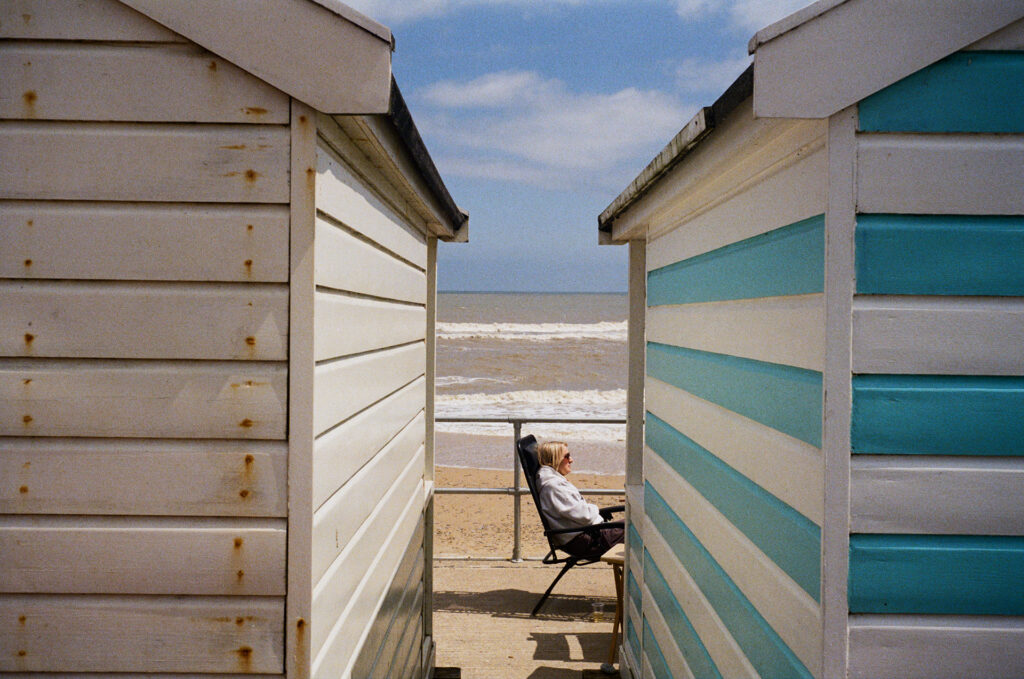
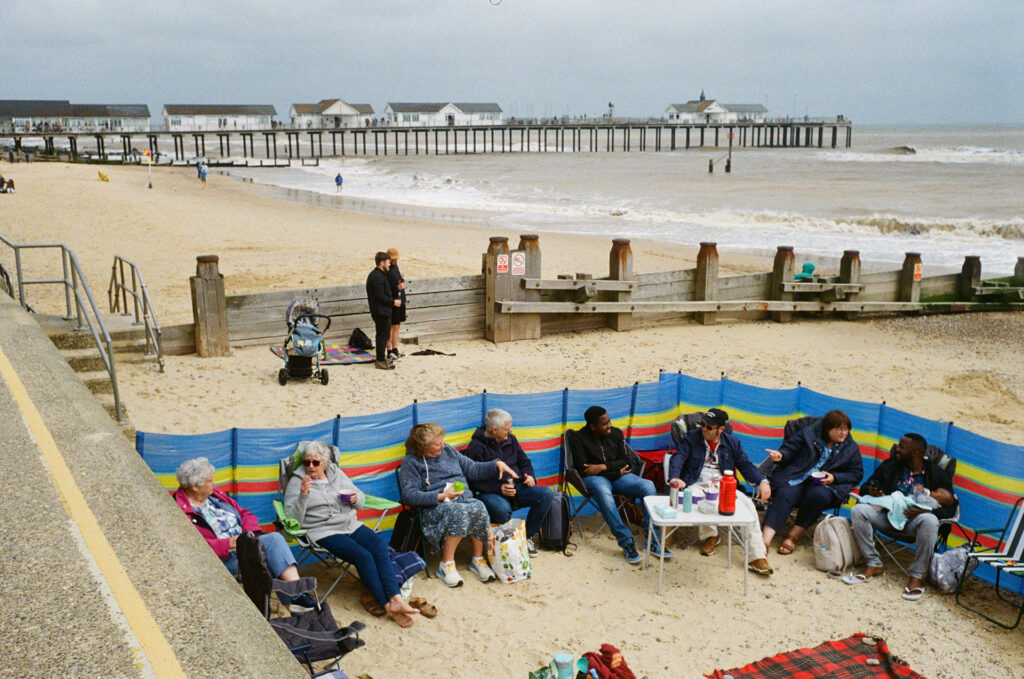
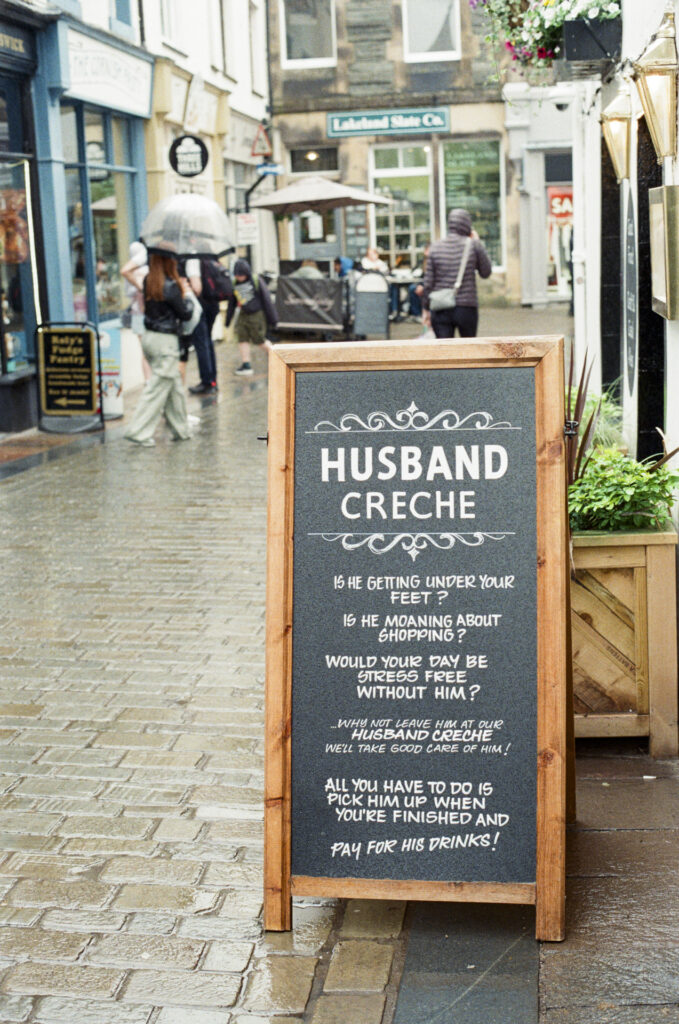
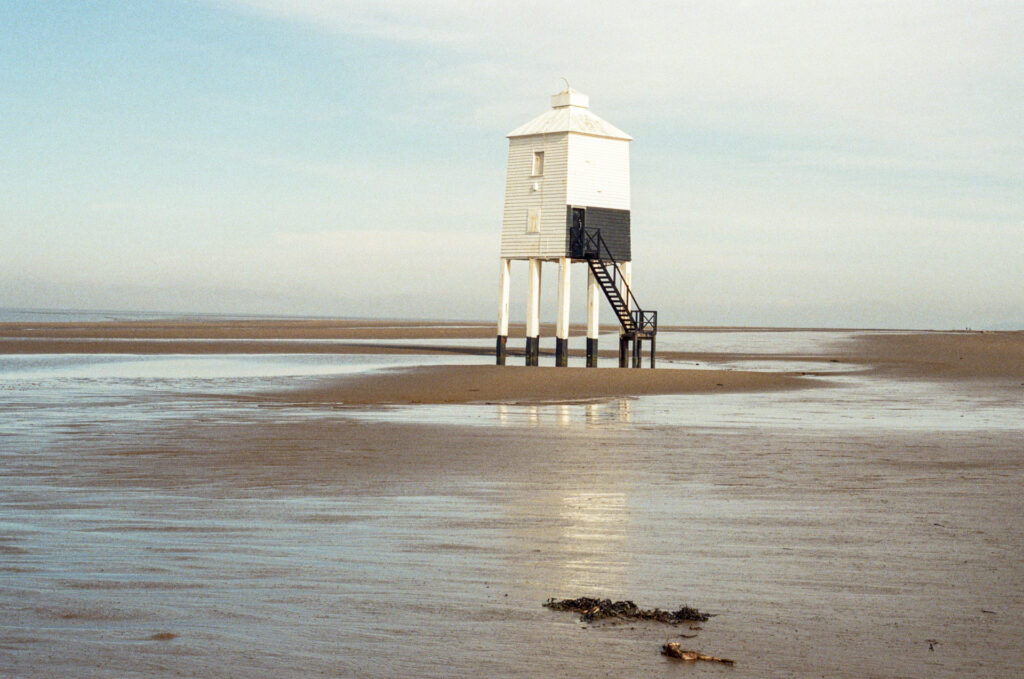
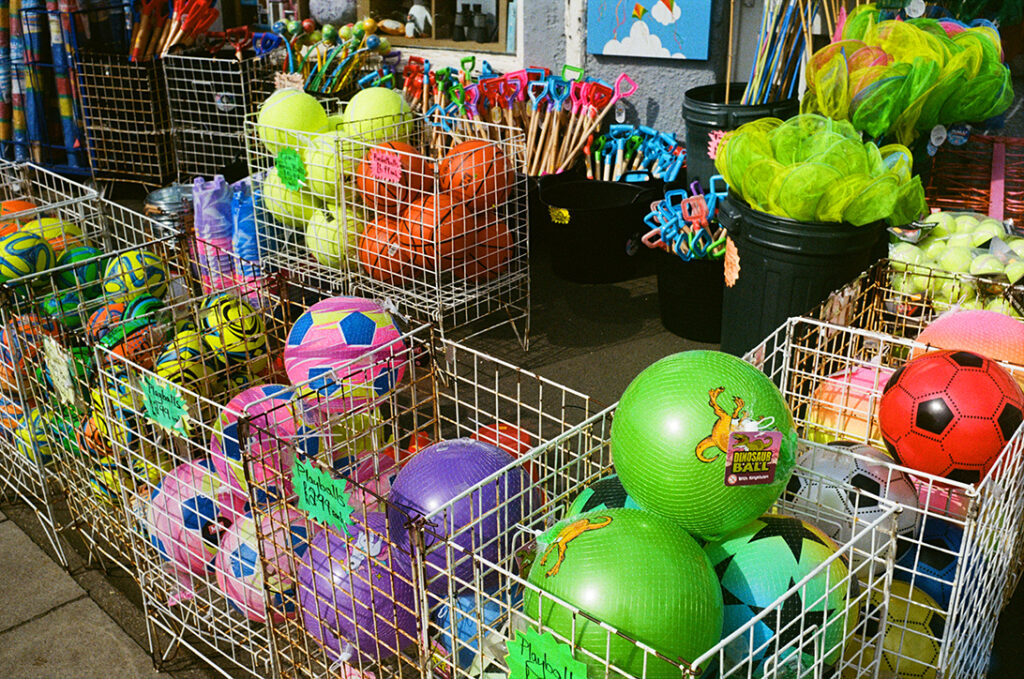
Share this post:
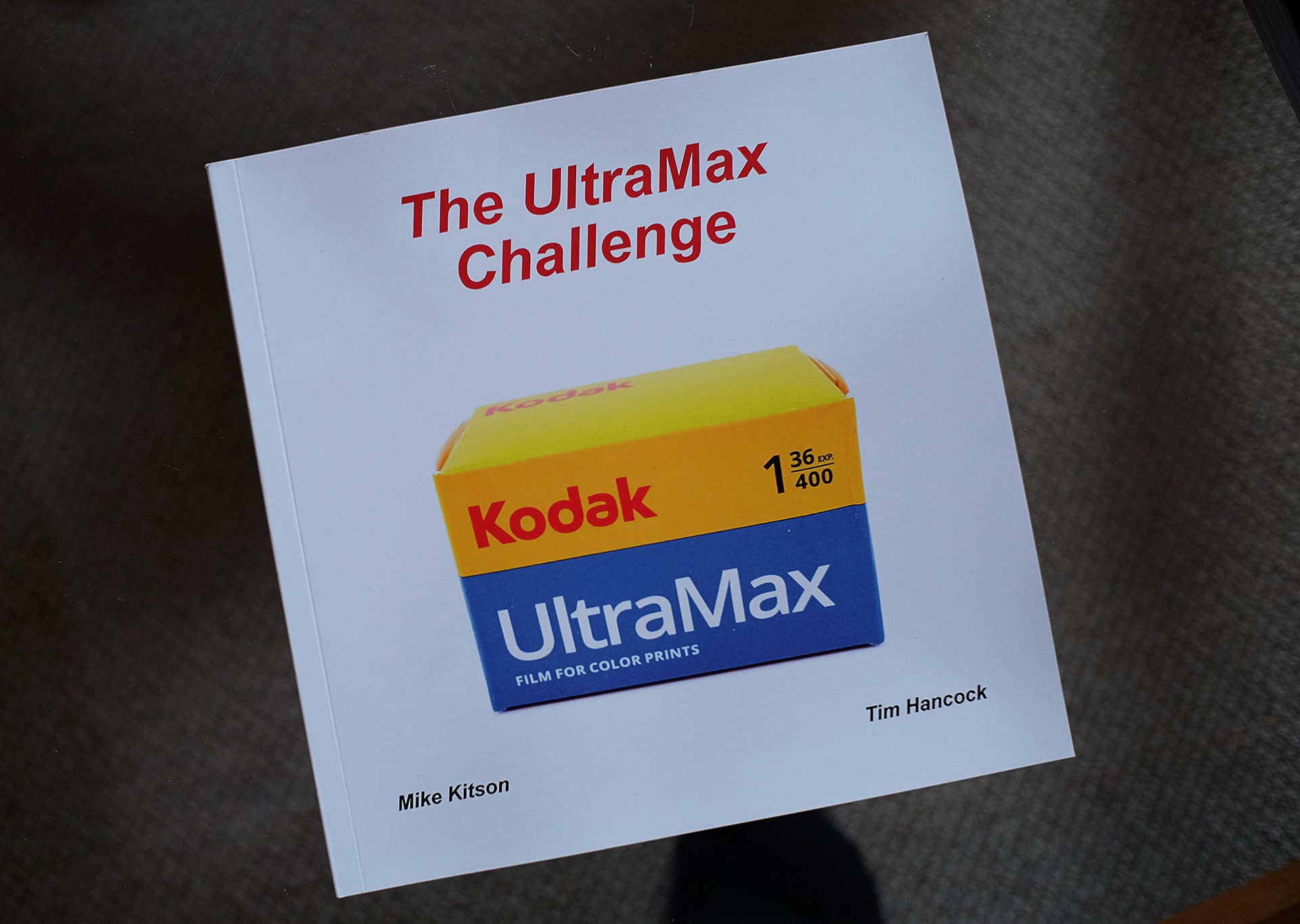
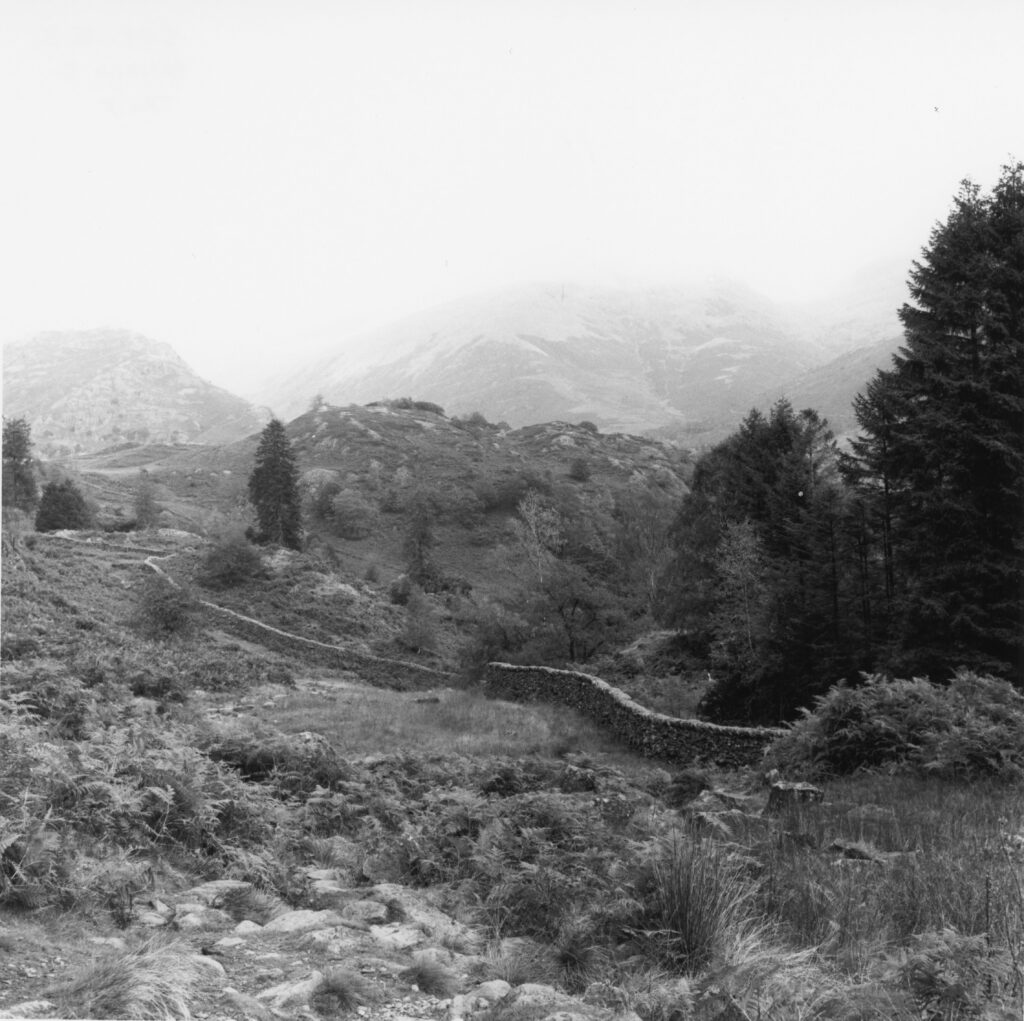
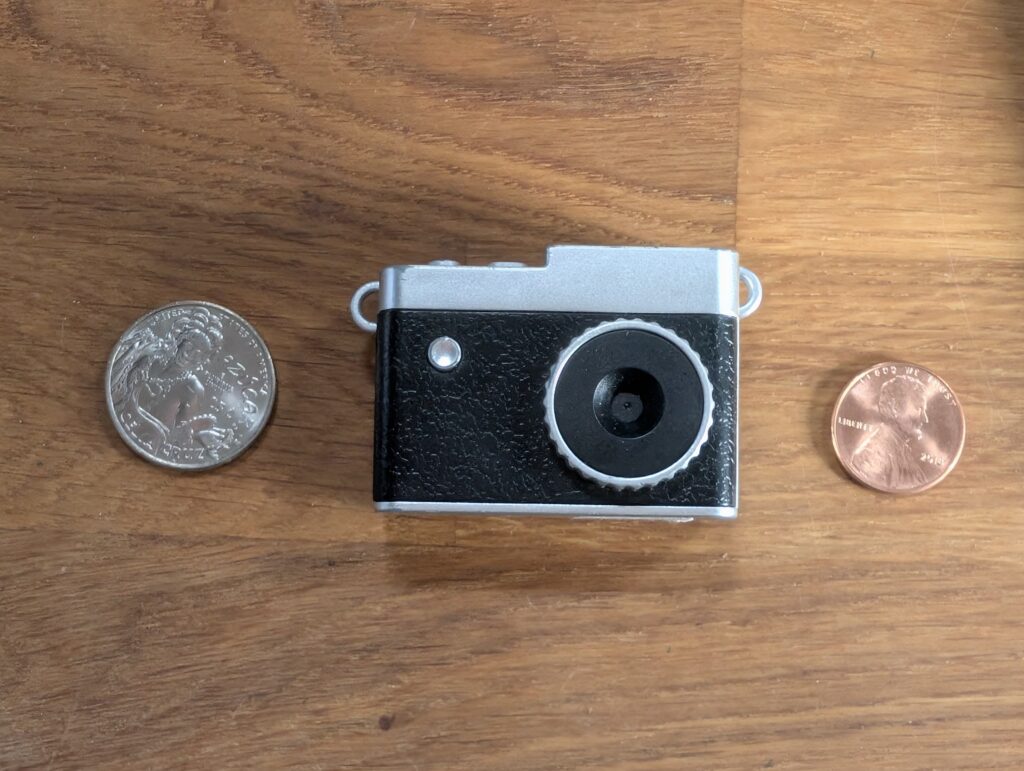
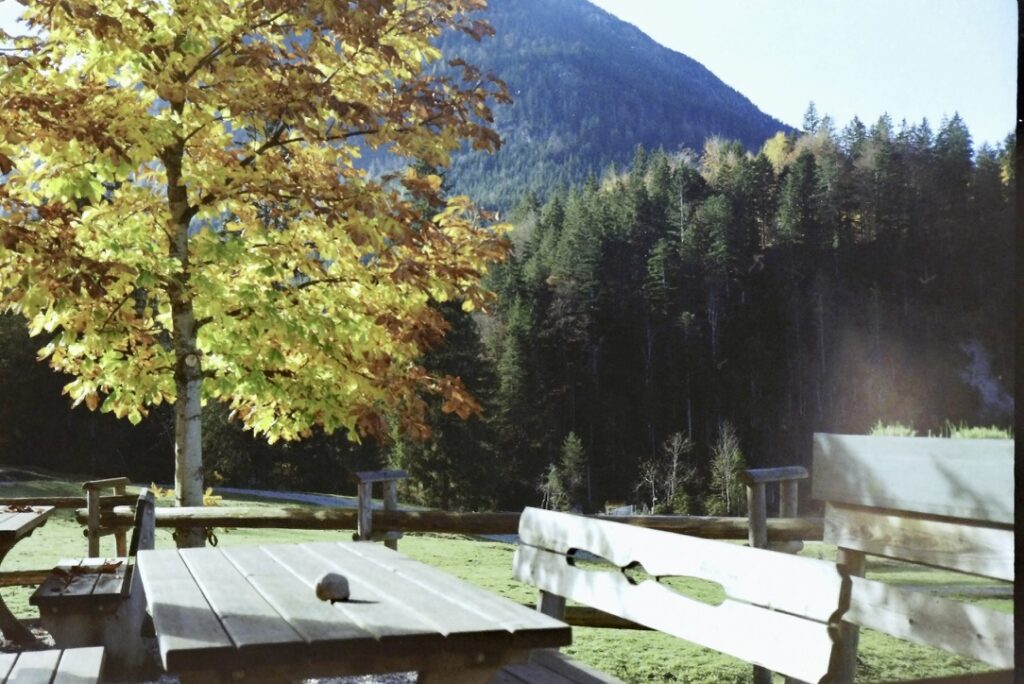
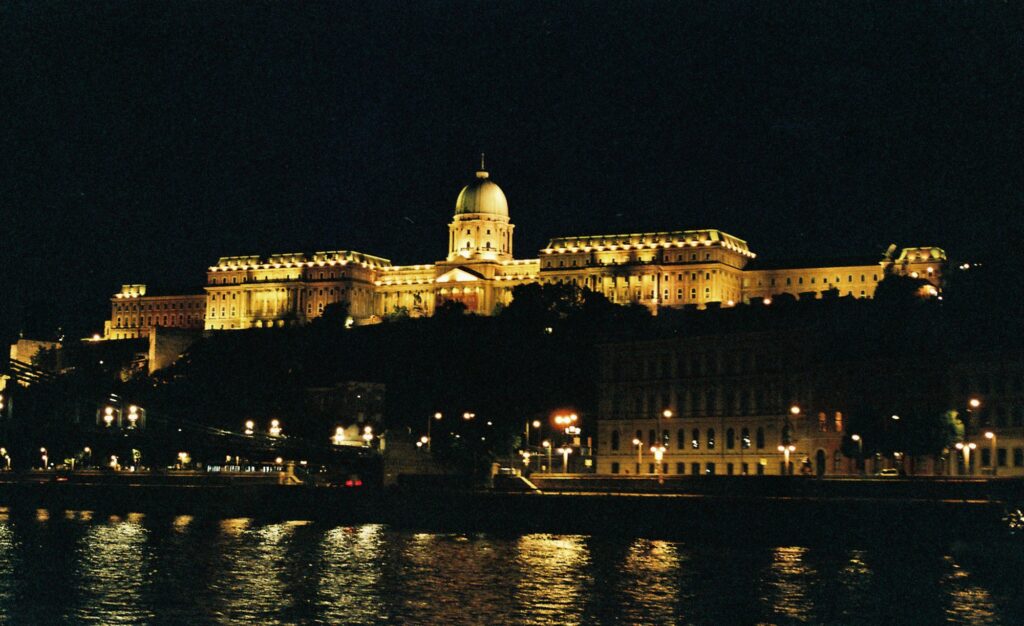




Comments
Jeffery Luhn on 5 Frames from the Ultramax Challenge
Comment posted: 22/10/2024
Those are some great shots. Obviously well composed!
Here's a fun exercise I give to the students in my B&W photo class: I hand a point-and-shoot camera with a new roll of 36 to student #1 and instruct him/her to take one image. They can keep the camera for up to 3 days. When they get their shot, they put the camera into my mail cubby box in the administration building and student #2 does a photo...etc. In the final week of class, I process and print every frame. Interesting results!
Comment posted: 22/10/2024
Rick on 5 Frames from the Ultramax Challenge
Comment posted: 22/10/2024